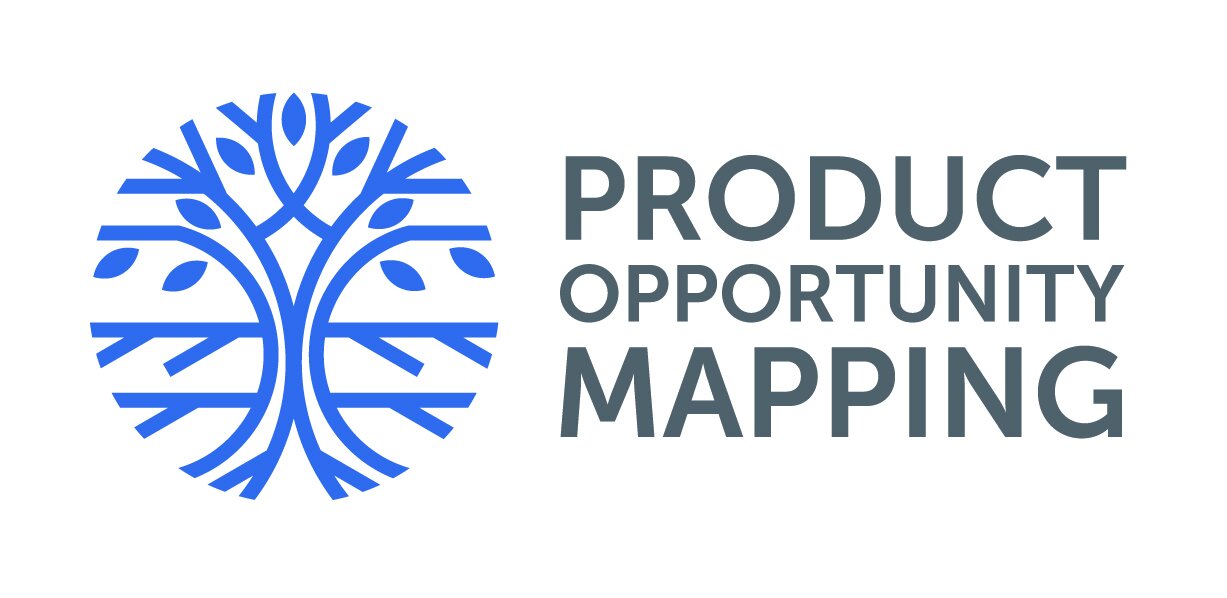The Inevitable Pivot
Entrepreneurs are passionate about their product ideas - they have created and have fallen in love with their “baby”. But, sometimes the baby is ugly and needs a facelift…
Throughout my career I’ve had the opportunity to review hundreds if not thousands of business plans for new ventures. Most didn’t see the light of day but some companies were able to raise capital and over time become profitable businesses.
The interesting thing looking back at these business plans is that none of them – that is 0% - came true. None of them delivered what the entrepreneurs originally forecasted. More importantly, it was the ones who were able to react and change direction that ended up being successful.
They undertook what I call the “inevitable pivot”. A pivot will always happen. A new business will at some point need to change direction: it will only be a matter to what degree.
I believe entrepreneurs need to draft their business plans with the expectation a pivot will happen. If they accept this upfront, they will be more receptive to new information and less susceptible to confirmation bias.
Many entrepreneurs formulate their business idea in isolation and outline a vision of future personal and business success (I do it all the time). The problem is they fall in love with their idea and it becomes their “baby”. And, like any new parent, they believe their child can do no wrong and their baby is certainly not ugly.
Entrepreneurs sometimes buy into their ideas so much and become resistant to new information that suggests their baby may not be as beautiful as they first thought. Instead of facing reality, they starting searching for information that confirms their beliefs (confirmation bias).
My advice to new entrepreneurs is to not fall in this trap in the first place. Expect that your great idea will be imperfect and expect the inevitability of a pivot.
Entrepreneurs need to shift their perspective from could their product be built to should it be built.
To do this, focus on a problem first and the product or technology second. Identify a problem that needs to be solved and concurrently figure out if it’s worthwhile solving – or saying it another way, if you are successful in creating a product that solves the identified problem, will it generate enough economic value (revenue and profit) to compensate for an investment of limited time and resources and the risks you are taking?
Look for data and interview people who support (or undermine) your supposition, talk to users who have this problem and understand how they solve it today (which is your competition) and figure out if there are enough of those users out there to make this a worthwhile endeavour.
By all means visualize upfront what a “full product definition” and long-term success looks like but only crystallize it after a series of pivots – major and minor – based on new external information and customer research.
Like when sailing upwind, you need to tack back and forth to reach your final destination.

